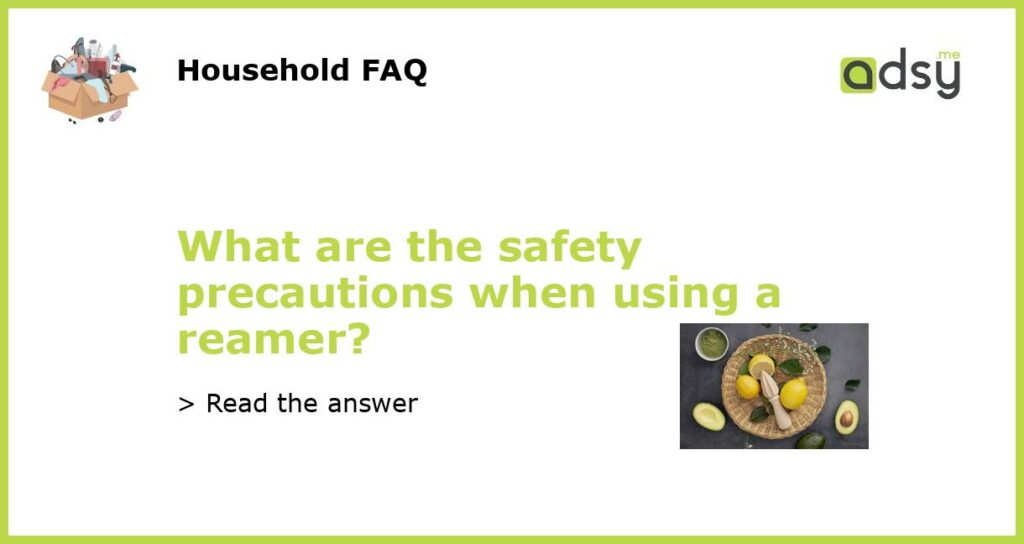Safety Precautions When Using a Reamer
Using a reamer is a common practice in many industries, including metalworking and woodworking. It is a tool specifically designed to enlarge or smooth out holes in various materials. While using a reamer may seem simple, it is important to take proper safety precautions to prevent accidents and injuries. This article will discuss five important safety precautions to follow when using a reamer.
Wear Personal Protective Equipment (PPE)
Prior to using a reamer, it is essential to wear the appropriate personal protective equipment (PPE) to protect yourself from potential hazards. This includes protective eyewear, such as safety glasses or goggles, to shield your eyes from flying debris or metal shavings. Additionally, wearing gloves can protect your hands from sharp edges and provide a better grip on the tool.
Secure the Material Properly
When using a reamer, it is crucial to secure the material you are working on properly. This will prevent the material from moving or slipping during the reaming process, which can lead to accidents and injuries. Use clamps or a vise to firmly hold the material in place, ensuring stability throughout the operation.
Use the Correct Size and Type of Reamer
Using the correct size and type of reamer for your specific task is essential for both successful and safe operations. Using a reamer that is too small or too large for the hole can cause the tool to bind or break, resulting in potential injuries. Additionally, using the wrong type of reamer for the material you are working with may lead to poor performance and unsafe conditions. Always consult the manufacturer’s recommendations and select the appropriate reamer for the task at hand.
Apply Proper Lubrication
Using lubrication when operating a reamer is crucial for several reasons. First, it helps reduce friction and heat, which can extend the life of the tool and improve its cutting performance. Second, lubrication helps remove chips and debris from the cutting edges, preventing them from clogging the reamer and causing binding or breakage. Specific lubrication requirements may vary depending on the material being reamed, so it is important to follow the manufacturer’s recommendations.
Maintain a Safe Work Area
Keeping a clean and organized work area is vital when using a reamer. Remove any unnecessary clutter or obstacles that may cause tripping hazards or interfere with the operation. Keep the work area well-lit to ensure good visibility and enhance safety. Additionally, be mindful of others working in the area and maintain a safe distance from anyone nearby to avoid accidental injuries.






